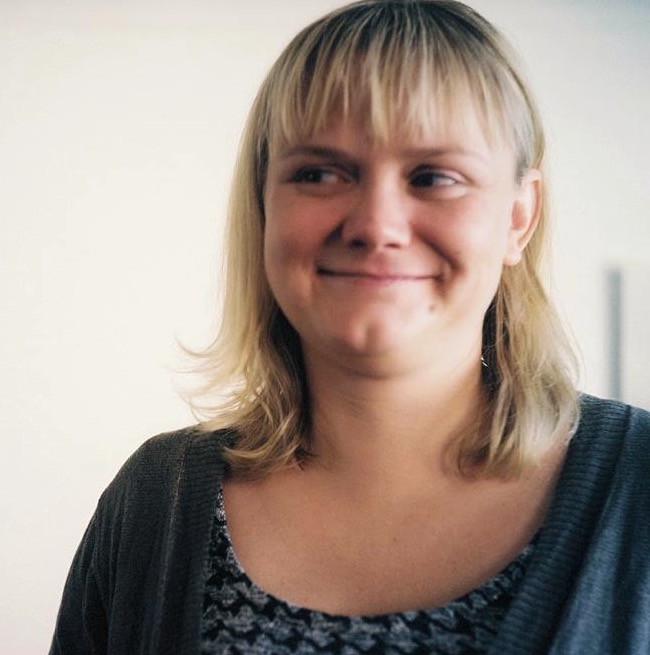War, time and Virtual Reality at Dutch Design Week 2016
War and apocalypse were the most dramatic newcomers to this year’s Dutch Design Week. From Modebelofte’s fashion for survival to Léa Donnan’s salvaged crochet blanket tents in the Broken White exhibition at the Van Abbe Museum, and Wintervacht’s Army Coats made from old Polish military blankets. From Dutch Design Award finalists Foundland’s poetic animation about the complex situation in Syria, and Jonas Staal’s People's Assembly of Rojava for the autonomous government of northern Syria, to several projects at the Stimuleeringfonds exhibition In No Particular Order, such as Thomas Kuijpers’s burning of white flag.
https://www.youtube.com/watch?v=iqDr1tnYqrQ
The litany of war-related graduate projects at Design Academy Eindhoven included Hannah van Luttervelt’s cuddly toys of mass destruction, Snir Gedasi’s concrete playground that doubles as missile shelter for children playing in warzones, Isabel Mager’s Design Is/As War manifesto exploring the destructive nature of creativity, Wendy Andreau’s augmented military berets, Luzie Bayreuther research into the visual language used by terrorist groups online, and a host of justice, peace and security themed collaborations between the Man and Leisure department and The Municipality of The Hague.
While this may be read as a radical political stance for an industry that likes to posit itself as a neutral cure-all, who exactly the enemy is remains glaringly unidentified. Is the enemy itself shape shifting, as in Bernhard Lenger’s project that explores incorporating ecocide as the 5th crime against peace? Or is the faceless enemy a sign of political correctness, naivety or even blind paranoia? As Mies Loogman points out in the De Voyeurs exhibition at Sectie C: “We live in the safest time in history but we actually feel the opposite.”
Trying to dispel the fear and personal bias that clouds our perception of the tragedy statistics we see in the news, Age of Wonderland fellow Ali Eslami used virtual reality to evoke embodied empathy and activism. The overwhelming number of virtual reality projects was the other marked change in this year’s DDW. While many celebrated the entertainment and escapism potential of the technology, exhibitions like Manifestations considered the dystopian potential of VR and other innovations of its ilk. For instance, Leeza Pritychenko’s Welcome to the Desert of the Real visualised Baudrillard’s theory of the hyperreal, and how we have long sacrificed reality for a simulacrum of the world.
https://vimeo.com/161690583
Even Maarten Baas had a VR component showing his 100-year tree trunk chair, the concept of which was launched in Milan, and that none of us will be alive to see completed. His lavish Making Time exhibition also included a retrospective of all his chairs, the launch of a new range, a curated selection of time counting devices from other Dutch designers, and a beautiful performance installation showing the mundane ways that people pass time.
Alternative ways to visualise the passing of time, and how that improves productivity and quality of life, is a growing trend further explored in DAMn 59. As with VR and war, which make us question our perceptions, non-linear time also makes us reconsider our routines and habits.
Visualising potential time was the Preview Exhibition 10 Years of Thomas Eyck, which displayed Aldo Bakker’s porcelain collection in Leon de Bruijne’s kinetic sculptures that translated into immanent or inevitable destruction. Curated by Jules van den Langenberg, the result was a dramatic reinvention of the retrospective.
For bed time, Bart Hess’s Royal Latex Bed was a showstopper.







